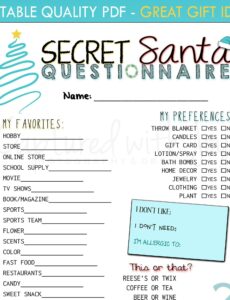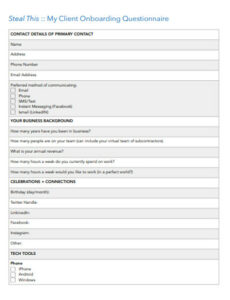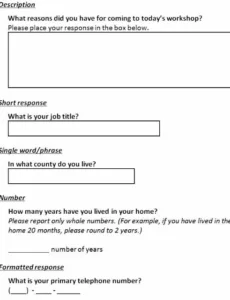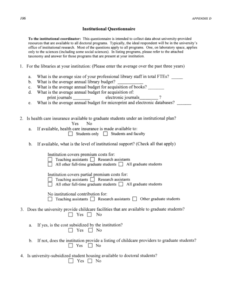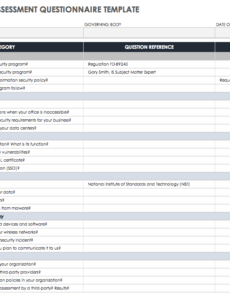Understanding what your customers truly think and feel about your service is not just good practice; it is absolutely essential for sustained business growth. In today’s competitive landscape, customer expectations are constantly evolving, and the only way to meet or exceed them is by actively listening and responding to their feedback. This vital information allows you to identify strengths, pinpoint areas needing improvement, and ultimately, refine your offerings to better serve your audience.
One of the most effective and structured ways to gather this crucial insight is through a well-designed customer service questionnaire. It provides a direct channel for your customers to share their experiences, perceptions, and suggestions. While creating a comprehensive questionnaire from scratch can seem daunting, having a reliable customer service questionnaire template simplifies this process, making it accessible and actionable for businesses of all sizes.
Crafting an Effective Customer Service Questionnaire
The foundation of any successful customer feedback strategy lies in the questionnaire itself. It is not merely a collection of random questions, but a thoughtfully constructed tool designed to elicit specific, actionable insights. The goal is to understand the customer journey, from their initial contact to the resolution of their issue, and every interaction in between. Clarity, relevance, and conciseness are paramount to ensuring a high response rate and obtaining truly useful data.
Think about the various touchpoints your customer has with your service team. Did they find it easy to get in touch? Was the representative knowledgeable and polite? Was their issue resolved efficiently and to their satisfaction? A good questionnaire should gently guide the customer through these aspects, allowing them to provide detailed feedback without feeling overwhelmed or interrogated. Balancing open-ended questions, which provide rich qualitative data, with closed-ended questions, which allow for easy quantification, is a key consideration.
It is also important to respect your customer’s time. A lengthy or repetitive questionnaire can lead to survey fatigue, resulting in abandoned forms or superficial responses. Aim for questions that are straightforward and directly related to the service experience. Every question should have a clear purpose and contribute to a specific learning objective.
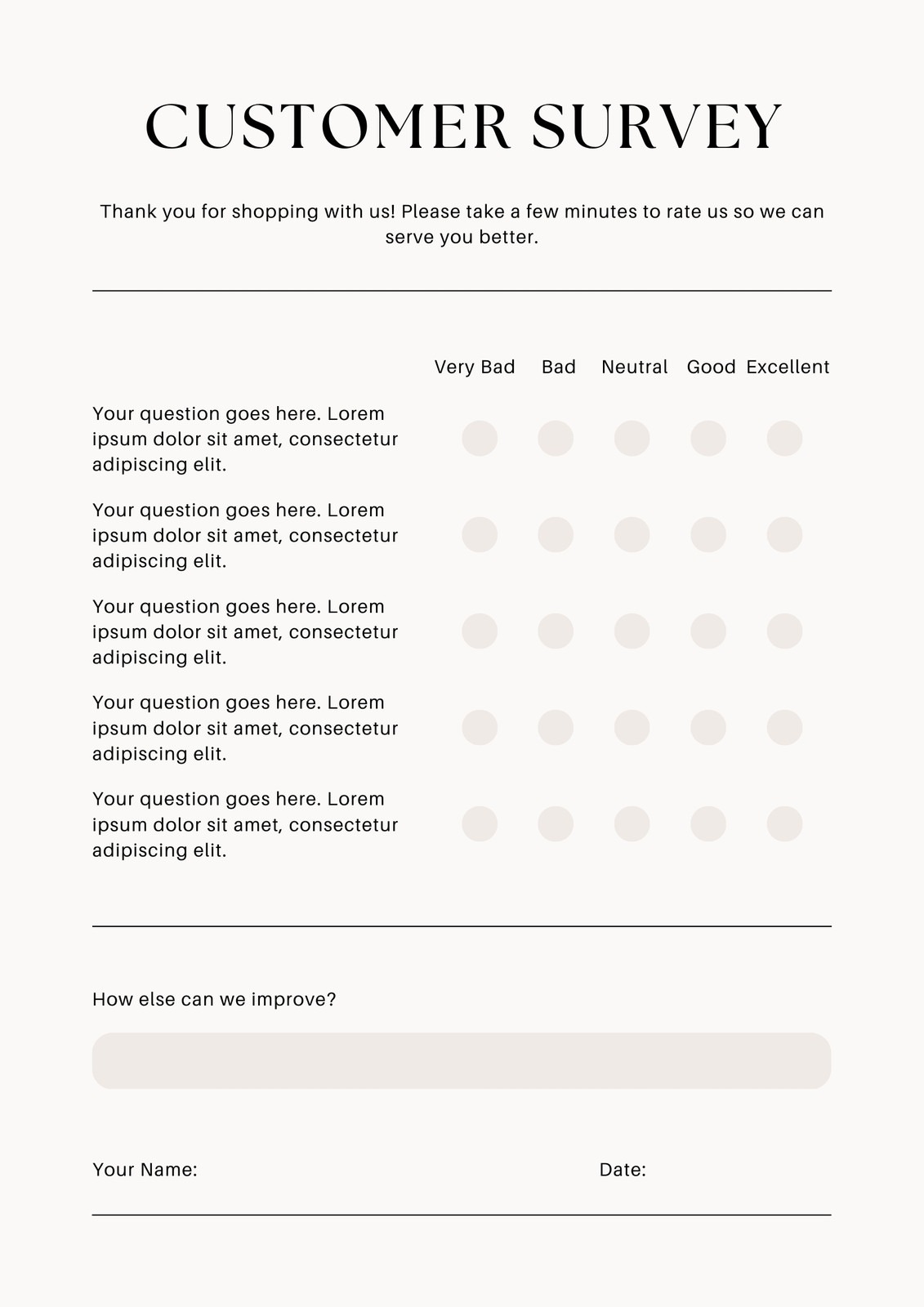
Essential Elements for Your Template
When putting together your customer service questionnaire template, consider including a mix of question types to capture both quantitative scores and qualitative insights.
- Overall Satisfaction Score: Begin with a simple question about their general satisfaction with the service they received. This sets a baseline.
- Specific Interaction Feedback: Dive into the details of the interaction. Ask about the ease of reaching support, the politeness and knowledge of the staff member, and the clarity of the information provided.
- Resolution Efficiency: Inquire about how quickly their issue was resolved and if they felt the resolution was satisfactory and complete.
- Effort Score: Ask customers to rate how much effort they had to expend to get their issue resolved or question answered. Lower effort usually correlates with higher satisfaction.
- Likelihood to Recommend: Include a Net Promoter Score NPS question, asking how likely they are to recommend your company or service to a friend or colleague. This is a strong indicator of customer loyalty.
- Open-Ended Comments: Always provide a section for free-form comments. This is where customers can elaborate on their experience, highlight specific positive aspects, or suggest improvements that might not have been covered by the structured questions.
- Demographic Information Optional: If relevant for your analysis, you might include a few optional questions about the customer’s demographics, always ensuring privacy and data ethics are respected.
A well-designed customer service questionnaire template that incorporates these elements will provide a holistic view of your service performance, offering both measurable metrics and valuable qualitative feedback.
Maximizing the Impact of Your Customer Feedback
Collecting feedback through your customer service questionnaire template is only the first step. The true power lies in how you use that information to drive positive change within your organization. Effective utilization of customer feedback involves careful analysis, strategic decision-making, and a commitment to continuous improvement. It is about transforming raw data into actionable insights that can directly enhance your customer experience.
Consider the various channels through which you can distribute your questionnaire to maximize reach and gather timely responses. The moment immediately following a service interaction is often the most opportune time to request feedback, as the experience is fresh in the customer’s mind.
- Email Invitations: Send automated email invitations to customers after a support ticket is closed or a call has ended.
- Website Pop-ups or Embedded Forms: Offer a passive way for customers to provide general feedback about their experience browsing your site or using your self-service options.
- In-App Surveys: For software or mobile app users, integrated surveys can capture feedback specific to their in-app experience.
- Post-Call Interactive Voice Response IVR or SMS Surveys: Provide immediate survey options after a phone call, allowing for quick feedback capture.
Once the responses start rolling in, dedicate time to thoroughly analyze the data. Look beyond just the average scores. Identify patterns in the open-ended comments, paying close attention to recurring themes, specific pain points, and even unexpected compliments. Categorize feedback to understand which aspects of your service are performing well and which require urgent attention. Visualizing the data through charts and graphs can help in identifying trends more easily.
Finally, and perhaps most crucially, translate these insights into tangible actions. Share the findings with relevant teams, from frontline service agents to product development and marketing departments. Implement changes based on the feedback, whether it is refining a support script, improving a product feature, or streamlining a process. Importantly, communicate these changes back to your customers whenever possible. This closing of the feedback loop demonstrates that you value their input, reinforces their loyalty, and encourages continued engagement, fostering a positive cycle of improvement.
By consistently leveraging feedback from your well-structured questionnaires, you create an environment of continuous learning and adaptation. This proactive approach not only resolves existing issues but also anticipates future needs, allowing your business to build stronger relationships with its customers and achieve lasting success.
